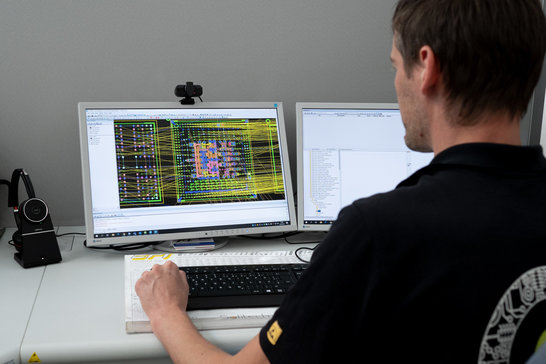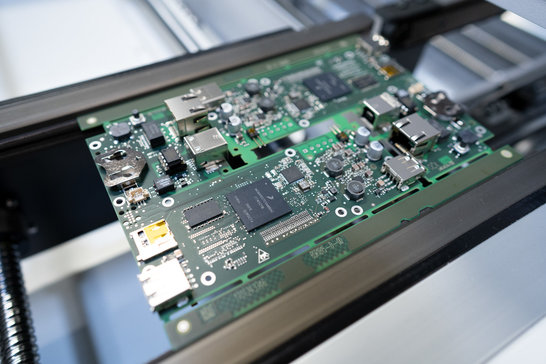Special
Keeping a cool head with embedded systems
Due to advances in chip technology, orders of magnitude higher computing power with lower power dissipation is possible today. However, the embedded systems developer must always consider the thermodynamics in the device.

With embedded systems, we now have computing power available in small everyday devices that in the past required the space of entire halls. In the early days of the personal computer, a large box stood next to the desk, with what we now consider ridiculous performance. The fans in the boxes made a fair amount of noise. These fans were there to conduct the heat out of the devices, so that the chips in the device did not succumb to heat death. Even today, the more computing power, the more waste heat, the higher the effort to get it away from the sensitive components.
Due to the great advances in chip technology, such as smaller structure widths, orders of magnitude higher computing power with lower power dissipation is possible today. The embedded systems developer must continue to think about the thermodynamics in the device from the beginning. In doing so, the developer must consider many different modes of operation. You know this: When you watch videos or charge your cell phone, it gets warmer than when you make a phone call or write a message. The computer has to perform better, which means it gets hotter inside.
simulation
A lot of effort is put into temperature management during development. In the circuit board, larger copper areas can provide better heat distribution. Thermally conductive connections between chips and package parts can also be useful. There are now powerful simulation tools that, directly in conjunction with the CAD program for PCB development, predict the heat development and temperature distribution on an assembly. These simulations provide an initial overview of potential problem areas.

heat management
The developer can set measures for thermal management at an early stage. In the design process, prototypes must be continuously tested using thermal imaging cameras in different operating states.
Environmental conditions set further thermal limits for the use of a device. If high temperatures already exist in the environment, heat may need to be dissipated using more elaborate methods. For these cases, devices can be air-conditioned. There are many efficient methods on the market for this, such as fans, liquid cooling or Peltier elements. However, temporarily reducing the computing power can also be effective and extend the service life of the device.

